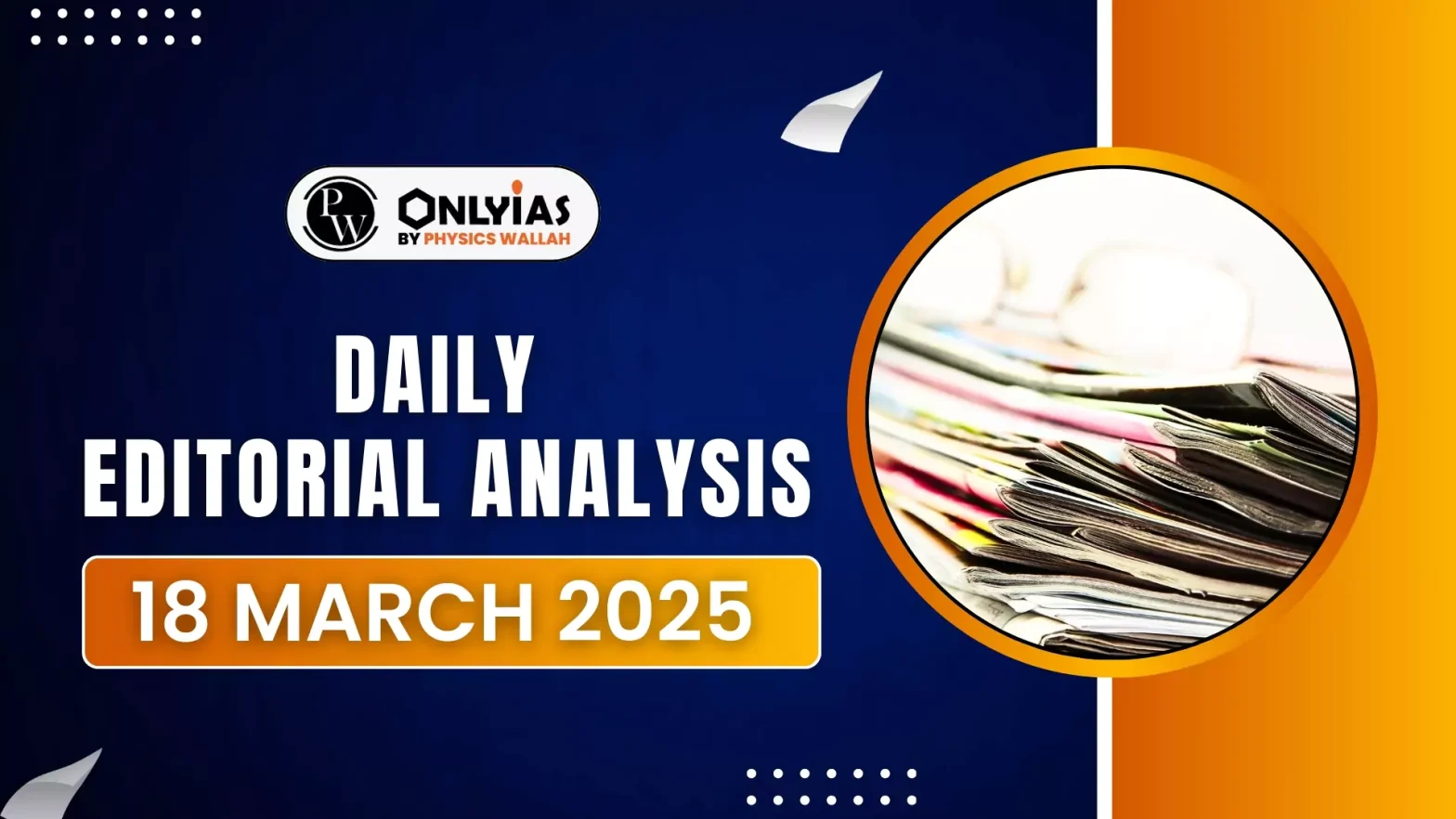Farmers Producer Organisations (FPOs) in India
- Government Initiative: The government launched a scheme in 2020 to create 10,000 Farmers Producer Organisations (FPOs) with an allocation of ₹6,865 crore.
- The Ami-Gramvikas FPO, registered in Khagaria (Bihar) on February 24, became the 10,000th FPO under this programme.
- Achievements: Including previously established FPOs, the total count exceeds 44,400 rural business enterprises. Despite challenges, several FPOs are successful, with some reporting annual turnovers exceeding ₹1 crore. Around three million farmers are associated with FPOs, with 40% of them being women.
- Objective: The primary goal is to enhance farmers’ income by leveraging economies of scale and stronger bargaining power. FPOs help farmers negotiate better deals for input procurement and bulk marketing.
- Extension: Formation of FPOs is not limited to crop farmers but extends to animal husbandry, fisheries, and other rural occupations.
- Financial assistance: Up to ₹18 lakh per FPO for a period of three years.
- Equity grant: Up to ₹2,000 per member.
- Credit guarantee: Provided for project loans from selected lending institutions.
Farmers’ Collectives
- Origins: The concept of farmers’ collectives in India can be traced back to the cooperative movement of 1904.
- Challenge: Most cooperatives (except in milk, sugar, and fertilisers) have struggled due to political interference.
- Farmers Producer Organisations (FPOs), though cooperative in spirit, function like private companies.
- Legal Backing: The Companies Act was amended in 2013 to introduce “Producer Companies”, enabling FPOs to operate with greater autonomy and efficiency than traditional cooperatives.
Benefits of Well-Managed FPOs
- Economies of Scale: Enables bulk purchasing and selling, reducing costs and increasing profits.
- Technical and Skill Support: Provides training and advisory services to enhance productivity.
- Access to Credit & Financial Services: Facilitates better funding options for member farmers.
- Forward and Backward Linkages: Direct engagement with input suppliers and buyers. Improved logistics reduces transportation costs.
- Resource Sharing: Pooling knowledge, equipment, and self-produced seeds for better efficiency. Optimal use of farm machinery through shared access.
- Market Enhancement: Value addition, brand building, and product promotion improve marketability. Strengthens the bargaining position of farmers in the marketplace.
Challenges Associated with FPO’s
- Lack of Commercial Viability: Many FPOs struggle with commercial viability, while some exist only on paper.
- Financial Constraints: Limited access to finance due to a poor asset base and high perceived risks. Financial institutions are hesitant to lend to FPOs.
- Members have limited paying capacity, restricting equity generation.
- Lack of Professional Expertise: Shortage of skilled managerial staff in marketing, accounting, and legal matters.
- Inability to afford and retain experienced professionals due to financial limitations. Lack of strategic planning for expansion and diversification.
- Absence of Risk Mitigation: No formal risk management strategies to handle financial and production losses. Inadequate mechanisms to hedge against market fluctuations and commercial contingencies.
Way Forward
- Sustainable Business Models: Focus on profitability through value addition (processing, packaging, quality improvement). Implement innovative business strategies for long-term growth.
- Leadership Development: Enhance leadership and administrative skills of FPO managers. Provide training and workshops to improve managerial capabilities.
- Modern Technologies: Use digital tools for production, quality control, and marketing. Strengthen brand building and product promotion through digital platforms.
Conclusion
Collectivisation remains crucial for the upliftment of resource-poor farmers. The government must continue supporting FPOs beyond the current 10,000 target. Sustained efforts in financing, capacity building, and technology adoption can ensure their long-term success.
![]() 18 Mar 2025
18 Mar 2025

